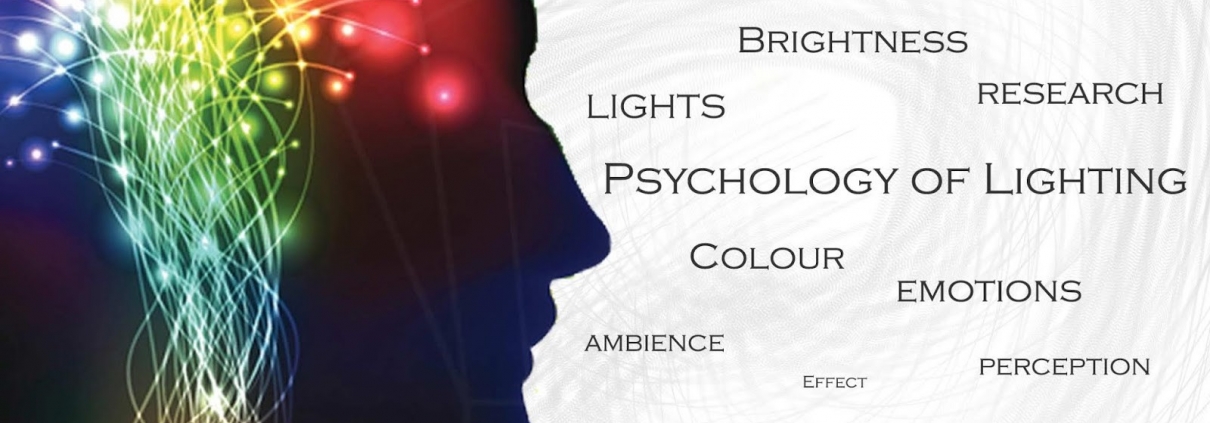
Why do some rooms feel warm and inviting, while others feel cold? Lighting psychology may have something to do with it. It’s easy to overlook the importance of lighting in designing a room. Yet choosing the right kind of light can make all the difference in how lighting affects on our mood and perception.
Lighting psychology helps us understand how people respond to the light. While many psychological factors can influence how we perceive light, the position of a light as well as its brightness, hue and saturation are important ones to consider.
Impact of Positioning
First, where you choose to put lights in a room can impact a person’s impression or experience of that space. Lighting positioned above eye level can create a more formal atmosphere . On the other side, lighting positioned below eye level can provoke a feeling of individual importance, creating a more informal atmosphere.
The location of lights in a room also makes a difference.
Lights on the perimeter of a room can make it feel more spacious or Lighting techniques like wall washing call the viewer’s attention to different elements on the wall.
Impact of Brightness
A bright light “helps to make a room a more pleasant space,” according to Robert Davis, who has a doctorate in cognitive psychology. If a room doesn’t have sufficient light for us to understand what’s going on, we are less likely to enjoy the room.
Relative lighting can affect us as consumers.
For example, lighting in a grocery store affects the amount of products we purchase. Brightness also has an enormous impact on eating patterns. Dim light is recommended for fast foods. One study found that people eating in dimly lit fast food ordered 39% more food.
Impact of Hue and Saturation
Finally, a light’s hue, or color, and the intensity of that color play a role in how lighting affects mood.
Blue light, for example, may help with productivity during the day so it’s a good choice for brainstorming rooms.White light is welcoming and works well for conference rooms. So, if you’re choosing lighting for a daytime workspace, gravitate towards blue light or daylight.
One of the latest studies concluded that the interactions between hue, saturation and brightness can affect heart rate and emotions. Also lighting can affect the sleeping schedule, stress reducing, headaches, etc.
Lighting is essential in a project for all the above reasons but also for more. Everything “shines” with the right light. Make the ideal choice!


